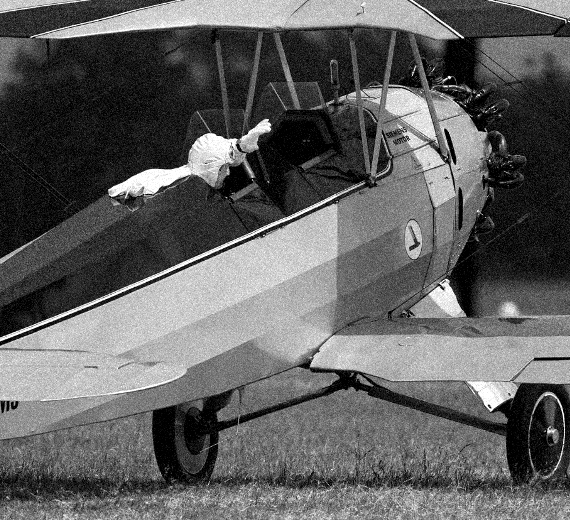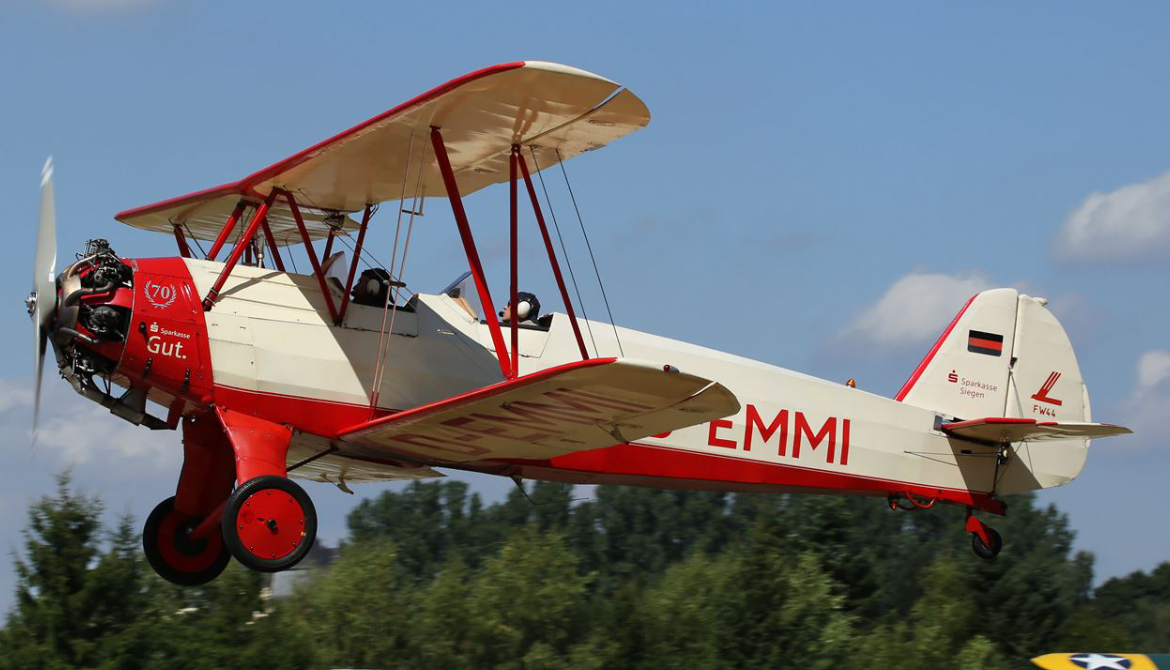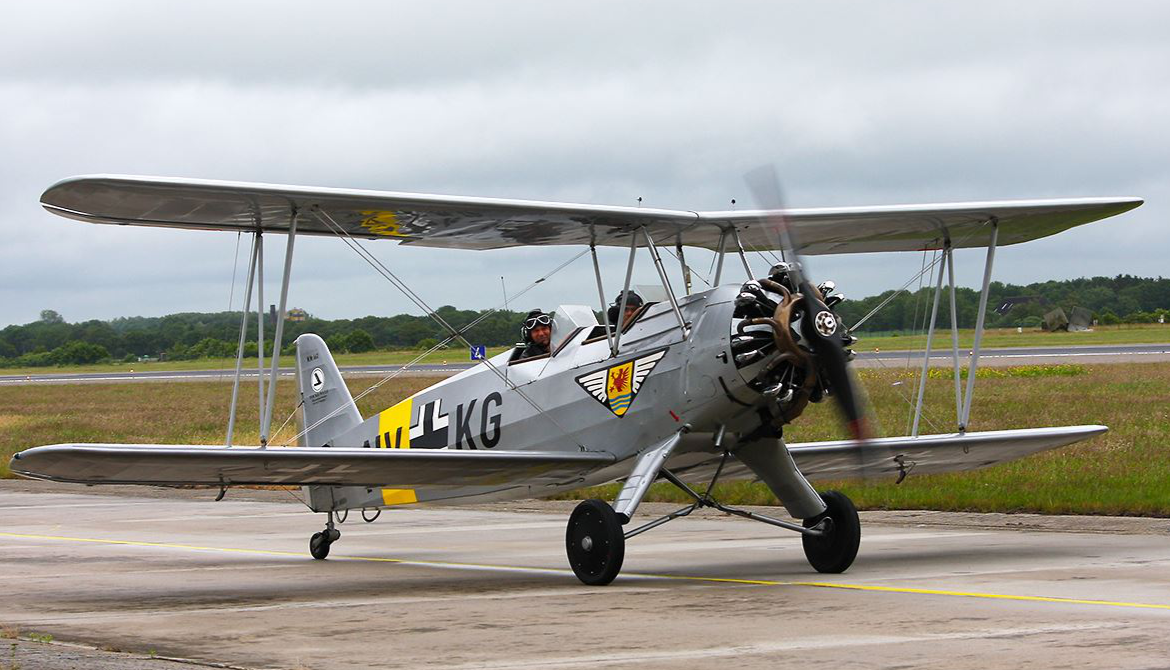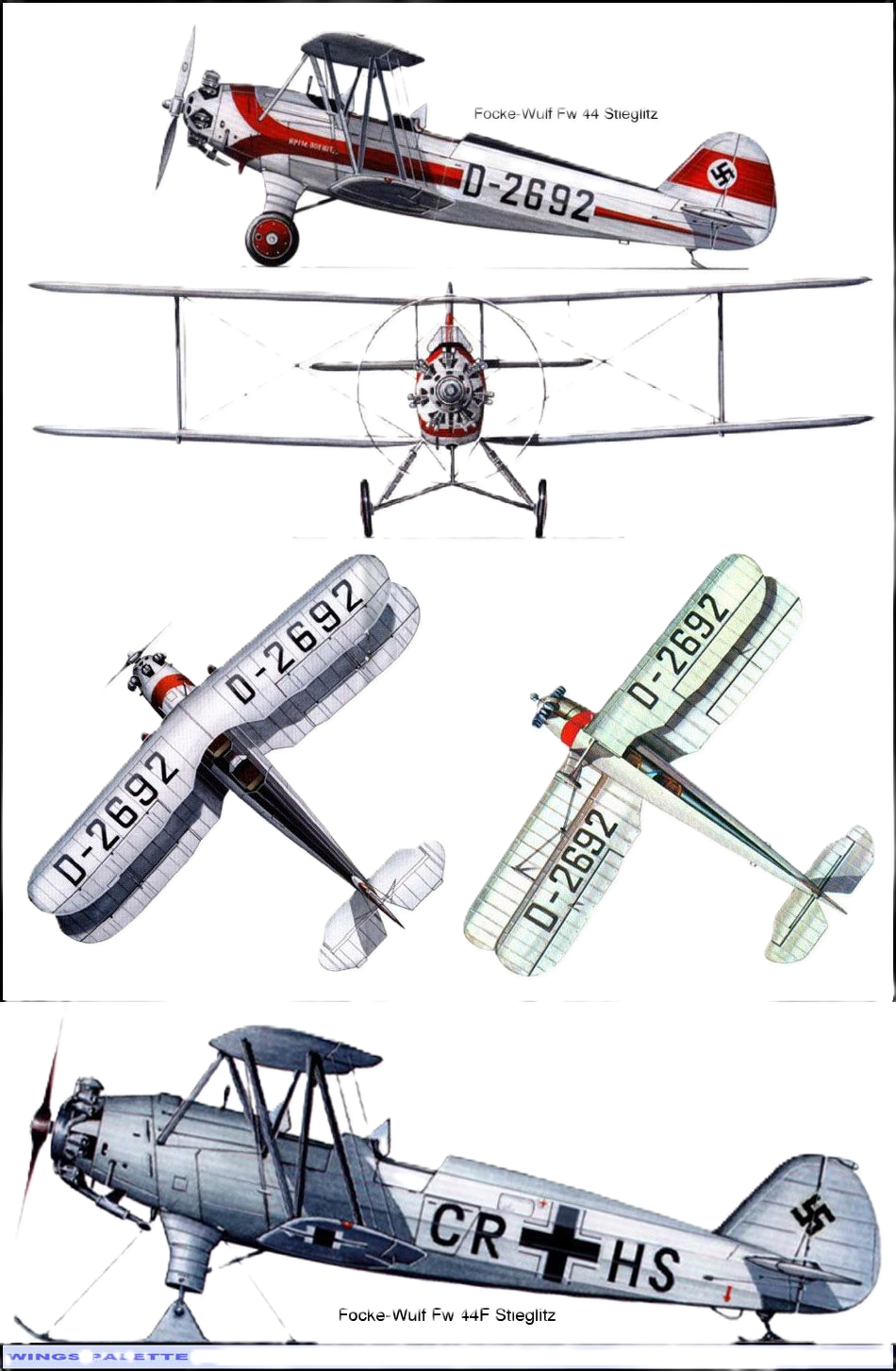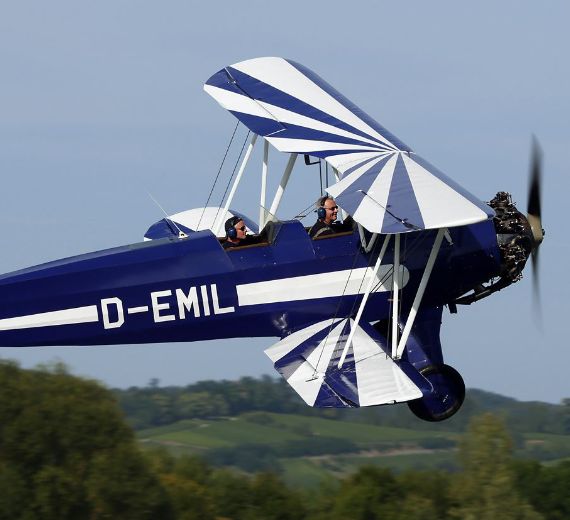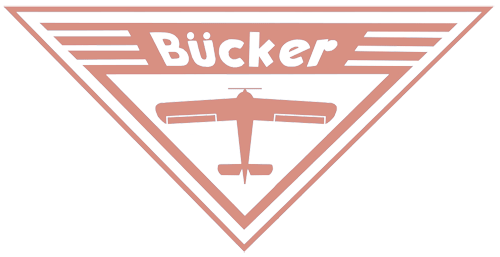.
History Focke-Wulf Flugzeugbau AG
Focke-Wulf Fw 44 Stieglitz ("Goldfinch")
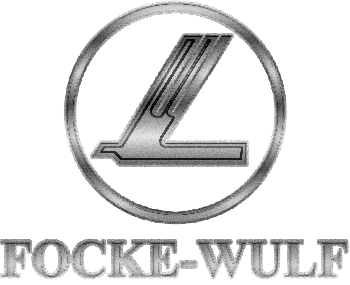
The Focke-Wulf Fw 44 Stieglitz ("Goldfinch") is a 1930s German two-seat biplane. An early design by Kurt Tank, it was produced by the Focke-Wulf company as a pilot training and sports flying aircraft. It was also built under license in several other countries.
The Fw 44 was designed as a biplane with conventional layout and straight, untapered wings. Its two open cockpits were arranged in tandem, and both cockpits were equipped with flight controls and instruments. The Fw 44 had fixed tailwheel landing gear. It employed ailerons on both upper and lower wings. It did not use flaps. It was flown with a Siemens-Halske Sh 14 radial engine.
The first prototype flew in 1932. After many tests and modifications to increase the plane's durability and aerodynamics, the final Fw 44 proved to have excellent airworthiness.
A second version of the Fw 44 was the Fw 44B, which had an Argus As 8 four-cylinder inverted inline air-cooled engine of 90 kW (120 hp).The cowling for this engine gave the plane a more slender, aerodynamic nose.
Variants

- Fw 44B
- Fw 44C
- Main production version with minor equipment changes, powered by a seven-cylinder Siemens-Halske Sh 14a radial piston engine.
- Fw 44D
- Fw 44E
- Fw 44F
- Fw 44J
- Final production model, powered by a seven-cylinder Siemens-Halske Sh 14a radial piston engine.
Operators


0
KmCeiling
0
KmCombat RANGE
0
Km/hAircraft Speed
0
Max Crew
Photo Gallery
Focke-Wulf Flugzeugbau AG
Focke-Wulf Fw 44 Stieglitz ("Goldfinch")


Focke-Wulf Flugzeugbau AG
Focke-Wulf Fw 44 Stieglitz ("Goldfinch")
General Info
-
-
- Crew: 2
- Length: 7.3 m (23 ft 11 in)
- Wingspan: 9 m (29 ft 6 in)
- Height: 2.7 m (8 ft 10 in)
- Wing area: 20 m2 (220 sq ft)
-
Powerplant
-
- Empty weight: 565 kg (1,246 lb)
- Gross weight: 870 kg (1,918 lb)
- Powerplant: 1 × Bramo Sh 14A-4 7-cylinder air-cooled radial piston engine 150 PS (148 hp; 110 kW)
- Propellers: 2-bladed Starrschraube, 2.25 m (7 ft 5 in) diameter fixed-pitch RH rotation wooden propeller
-
Performance
- Maximum speed: 185 km/h (115 mph
- Cruise speed: 172 km/h (107 mph,
- Landing speed: 74 km/h (46 mph;
- Range: 675 km (419 mi, 364 nmi)
- Endurance: 4 hours 24 minutes
- Service ceiling: 3,900 m (12,800 ft)
Armament
-
- Fuel consumption: .20 L/km
- Oil consumption: .01 L/km
- Take-off distance: 140 m (459 ft)
- Landing distance: 140 m (459 ft)
-
.
Links to Youtube & Others
The Fw 189 had as part of its defensive armament, an innovative rear-gun emplacement designed by the Ikaria-Werke: a rotating conical rear "turret" of sorts, manually rotated with a metal-framed, glazed conical fairing streamlining its shape, with the open section providing the firing aperture for either a single or twin-mount machine gun at the unit's circular-section forward mount.
Focke-Wulf Fw 44 Stieglitz ("Goldfinch")
Night Reconnaissance Group 15, attached to the 4th Panzerarmee in southern Poland during late 1944, carried out nocturnal reconnaissance and light bombing sorties with a handful of 189A-1s.
Youtube Link
Chronic fuel shortages and enemy air superiority over the 189 defence area (chiefly Berlin) meant that few aircraft were shot down by these craft.
